当前位置:网站首页>2-GO variable operation
2-GO variable operation
2022-04-23 14:40:00 【Endless character】
Catalog
One 、 Introduction of variables
- What is a variable : Variables are used to describe the data storage space in the computer
- Role of variables : Is to save data in computer memory
- Declaration of variables :
var Variable name type
package main
import "fmt"
func main() {
var age int
var num, sum int
fmt.Println(age)
fmt.Println(num)
fmt.Println(sum)
}
- Variable initialization : You can assign values to variables when you define them , This process initializes variables
package main
import "fmt"
func main() {
var age int = 10
var num int = 20
fmt.Println(age, num)
}
- Variable assignment : After the variable is defined , And assign values to variables , That is, declaration before assignment
func main() {
var a int = 10
var b int
b = a
fmt.Println(b)
}
- Case study : In exchange for 2 Values of variables
func main() {
var num1 int = 10
var num2 int = 20
var temp int
temp = num1
num1 = num2
num2 = temp
fmt.Println(num1, num2)
}
- Automatic derivation type : The so-called automatic derivation type , Just don't go through var Declare variables , Don't specify type , Directly follow the variable name with ”:” Number , Complete the assignment at the same time . that GO The type of variable will be automatically deduced according to the assigned value . If num The variable is assigned a decimal number , Then the type of the variable is decimal ( floating-point )
func main() {
num := 10
num1 := 20
a, b, c :=12, 13, 14
fmt.Println(num, num1)
fmt.Println(a, b, c)
}
- Case study : In exchange for 2 Values of variables ( Realization 2)
func main() {
num1 := 10
num2 := 20
num1, num2 = num2,num1
fmt.Println(num1,num2)
}
Two 、 Input and output format control
- Println: Formatted output
- Printf: Format output ,
%dIndicates that the output is the value in an integer variable ,\nMeans line break
func main() {
num1 := 10
num2 := 20
num3 := 30
fmt.Println(num1, num2, num3)
fmt.Println("num1=", num1)
fmt.Printf("num1 = %d\n", num1)
fmt.Printf("num2 = %d,num3 = %d",num2, num3)
}
- Scanf:Scanf() Grammar format :fmt.Scanf(“%d”,&num)
- Scan:Scan() Grammar format : fmt.Scan(&num)
- Variable address : In memory, corresponding storage units will be opened up for variables , In order to be able to find the storage unit, access data , The system will add a number to each unit , This number is the address
- Scan and Scanf The difference between :Scan You do not need to specify a formatter , later stage Scan More frequently used
package main
import "fmt"
func main() {
var age int
fmt.Println(" Please enter age :")
/* fmt.Scanf("%d",&age) // adopt Scanf The function assigns the data entered by the keyboard to the variable , But variables must be preceded by & fmt.Println("age = ",age) fmt.Println(&age) fmt.Printf("%p",&age) */
fmt.Scan(&age)
fmt.Println("age = ", age)
}
3、 ... and 、 Computer base system
A simple understanding of , And there are a lot of information on the Internet , Including binary conversion and so on
- What is base : The method of counting according to the principle of carry is called carry counting system .“ Carry numeration system ” Referred to as “ Number system ” or “ Base number ”
- The carry of each number system follows a rule , That's it ---- Meet N Into the 1
- Hexadecimal features
- Use a fixed set of numbers to represent the size of the value . Such as : The decimal number is 0,1,2,3,4,5,6,7,8,9
- Uniform rules : Meet N Jin Yi
- Binary element
- base : there N It's called cardinality . So-called “ base ” It refers to the number of basic digits allowed in various binary counting systems
- Position right :215=2*102 + 1*101 + 5*100 , among 102 , 101 ,100 Position right
- Add by weight : Multiply the numeric character on each bit by the weight it represents
Four 、 Variable naming conventions
- Naming specification
- ①. Only numbers , Letter ,_( Underline ) form
- ②. Cannot start with a number
- ③. Capital letters and lowercase letters are different :heapSort and Heapsort It's two different names
- ④. It can't be a keyword
- Naming rules
- Hump nomenclature
- Little hump nomenclature (lower camel case): The first word begins with a lowercase letter ; The first letter of the second word is capitalized , for example : myName、aDog
- Big hump nomenclature (upper camel case): The first letter of each word is capital , for example :FirstName、 LastName
- Underline separation : Multiple word names , Write in all lowercase letters , In the middle _ Separate , for example :first_name、user_name
- Hump nomenclature
版权声明
本文为[Endless character]所创,转载请带上原文链接,感谢
https://yzsam.com/2022/04/202204231437070977.html
边栏推荐
- async void 导致程序崩溃
- SVN详细使用教程
- epoll 的 ET,LT工作模式———实例程序
- 查找水仙花数-for循环实践
- Sed learning for application
- LLVM - 生成加法
- Design of single chip microcomputer Proteus for temperature and humidity monitoring and alarm system of SHT11 sensor (with simulation + paper + program, etc.)
- 初识STL
- 8.2 文本预处理
- AT89C51 MCU digital voltmeter development, measuring range 0 ~ 5V, proteus simulation, schematic diagram, PCB and C program, etc
猜你喜欢
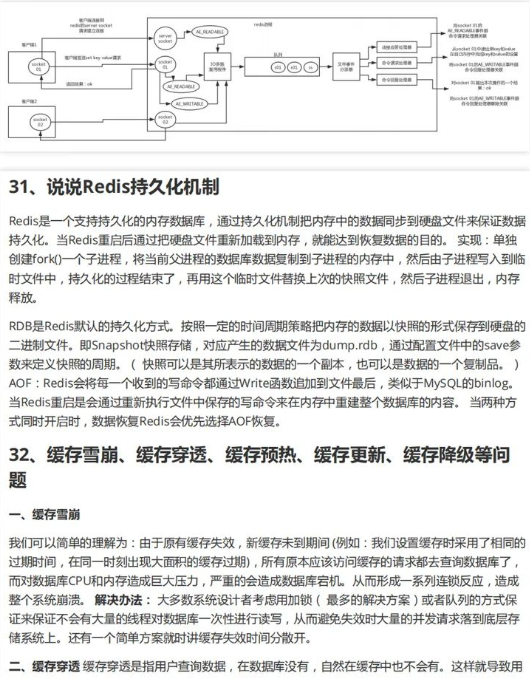
外包干了四年,废了...
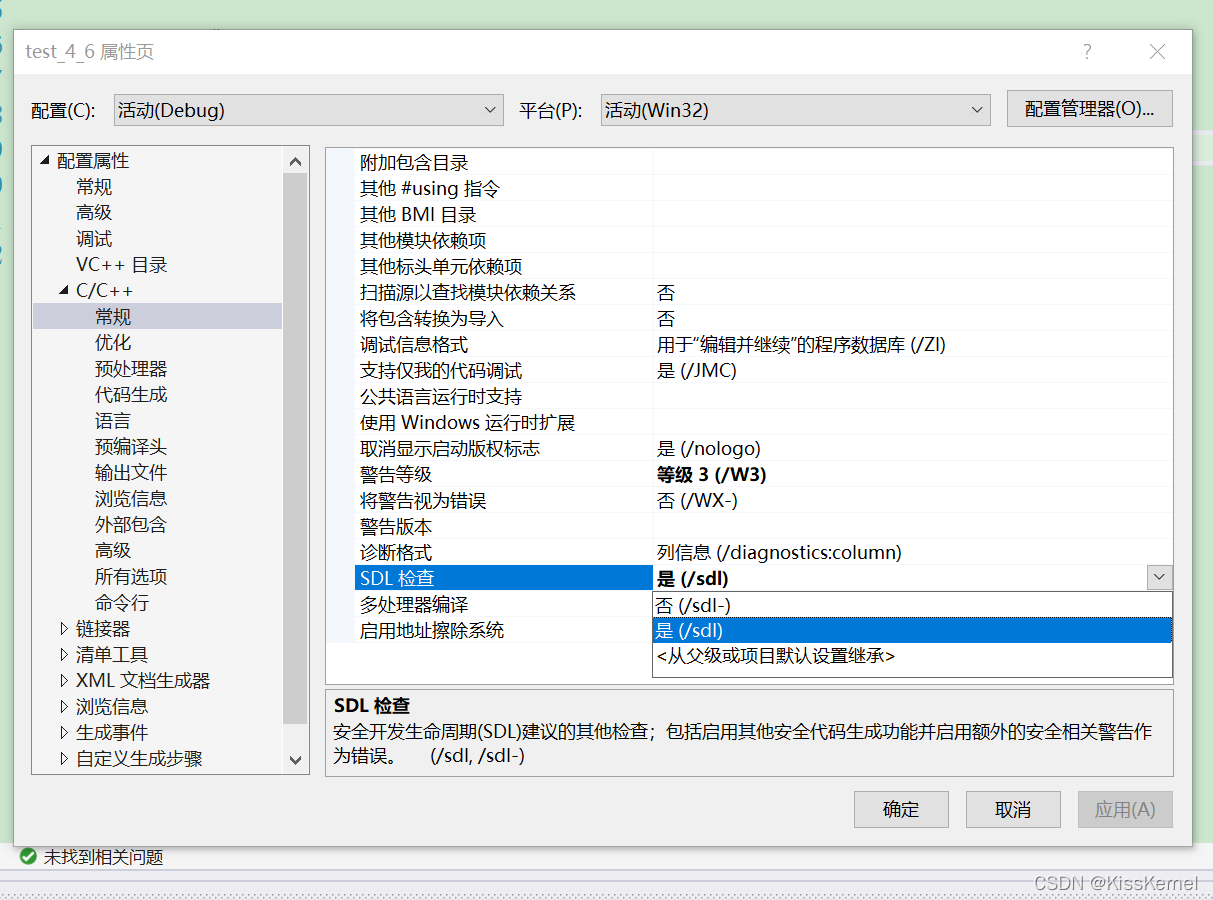
关于在vs中使用scanf不安全的问题
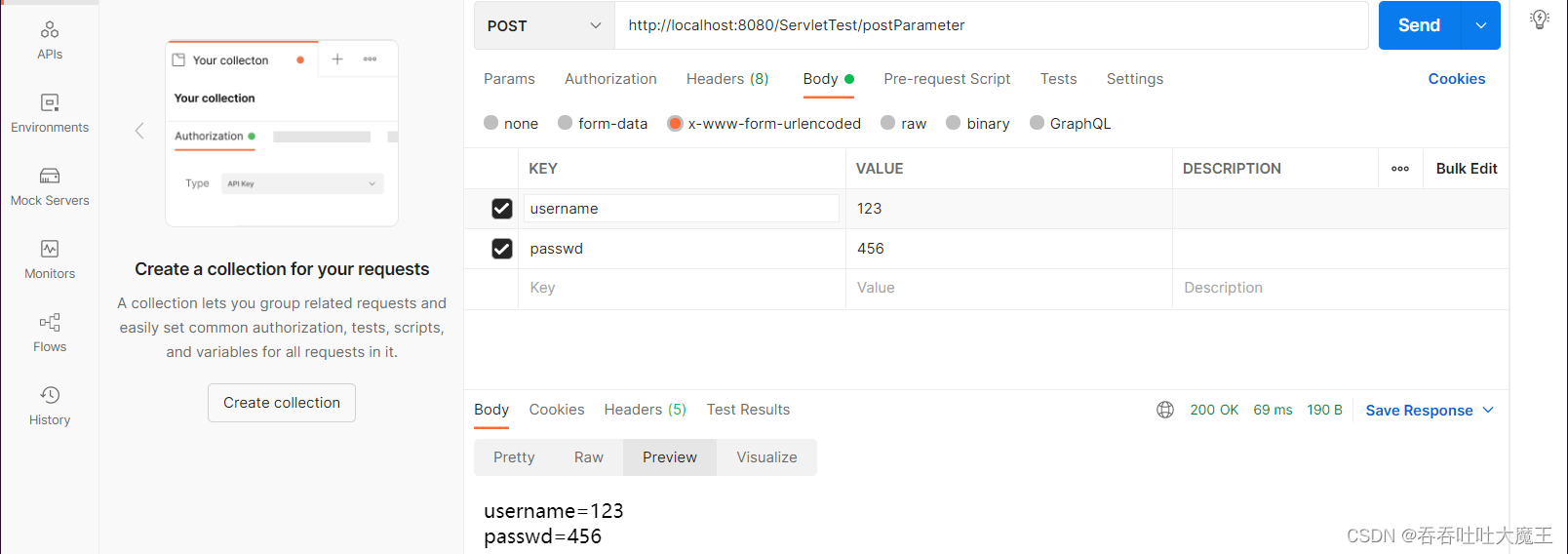
【Servlet】Servlet 详解(使用+原理)

8.4 循环神经网络从零实现
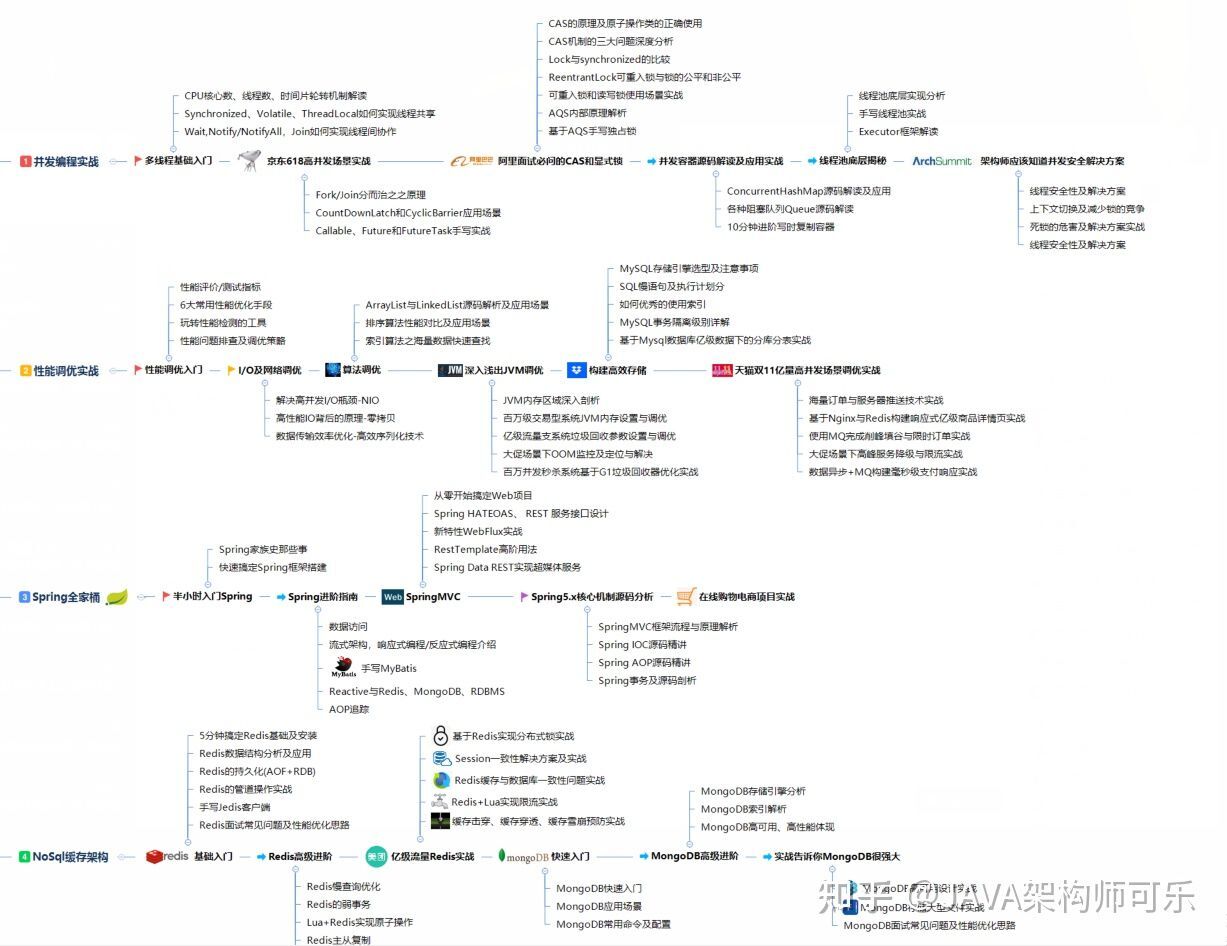
金九银十,入职字节跳动那一天,我哭了(蘑菇街被裁,奋战7个月拿下offer)
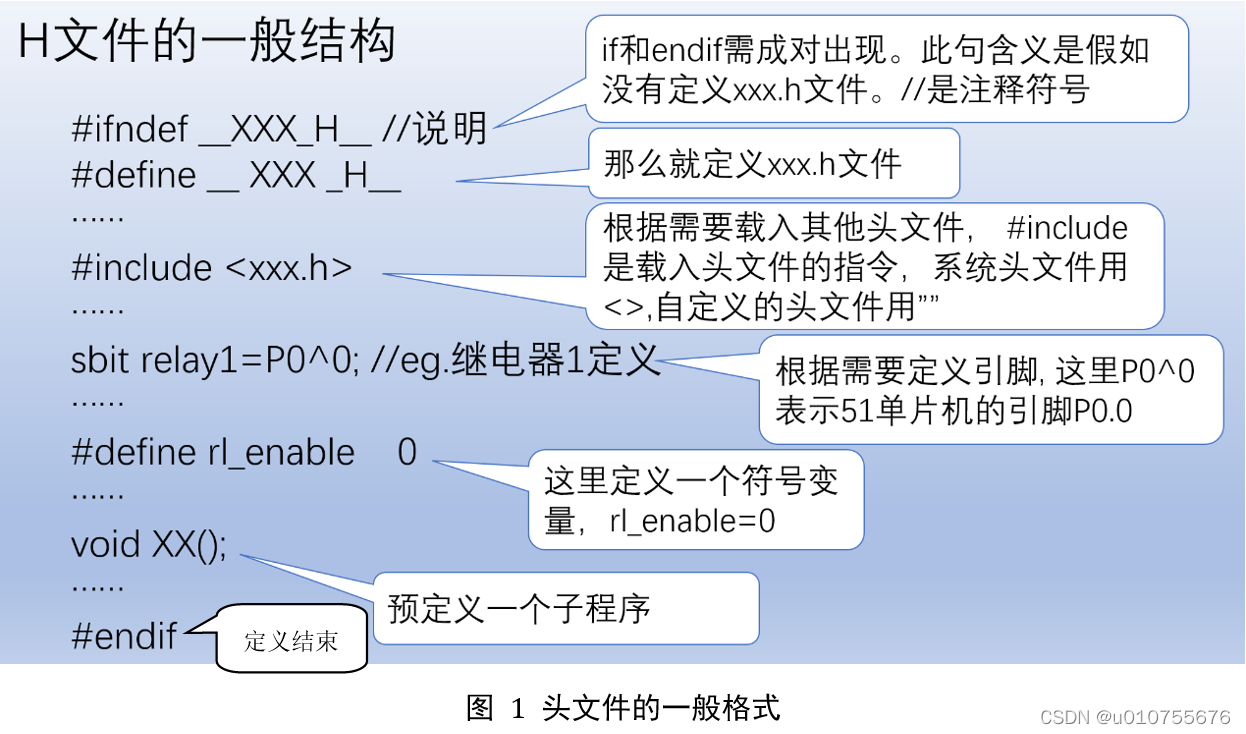
成都控制板设计提供_算是详细了_单片机程序头文件的定义、编写及引用介绍
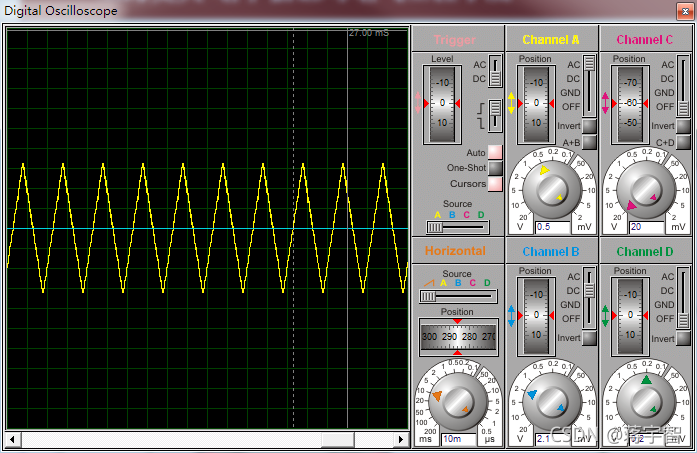
MCU function signal generator, output four kinds of waveforms, adjustable frequency, schematic diagram, simulation and C program
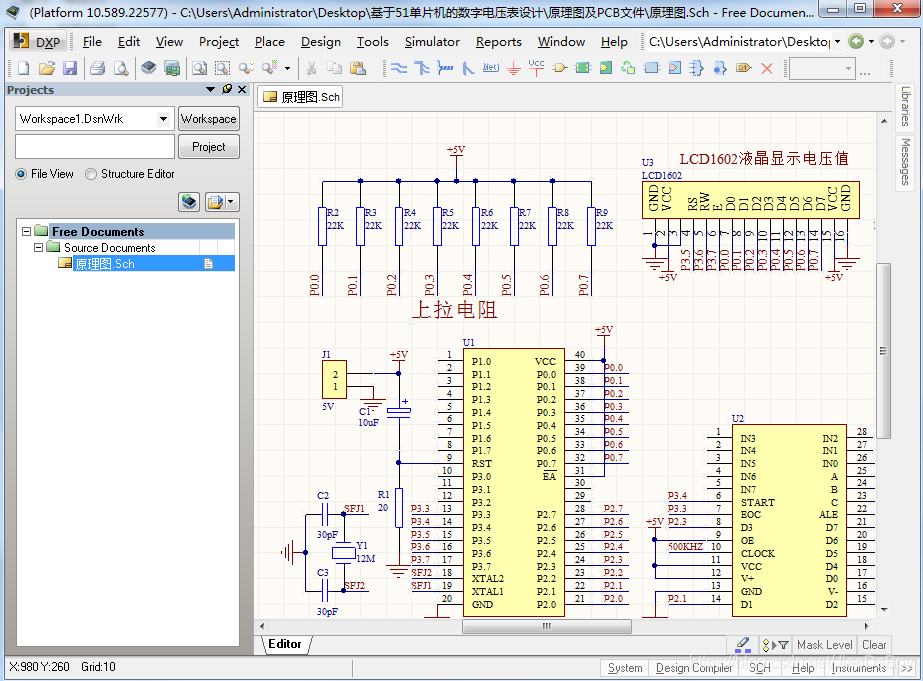
AT89C51单片机的数字电压表开发,量程0~5V,proteus仿真,原理图PCB和C程序等

Electronic perpetual calendar of DS1302_ 51 single chip microcomputer, month, day, week, hour, minute and second, lunar calendar and temperature, with alarm clock and complete set of data
![Eight way responder system 51 Single Chip Microcomputer Design [with Proteus simulation, C program, schematic diagram, PCB files, component list and papers, etc.]](/img/1b/d1dea1726f3f91d2ba1ab8f2d7ff4c.jpg)
Eight way responder system 51 Single Chip Microcomputer Design [with Proteus simulation, C program, schematic diagram, PCB files, component list and papers, etc.]
随机推荐
利用 MATLAB 编程实现最速下降法求解无约束最优化问题
全连接层的作用是什么?
一篇博客让你学会在vscode上编写markdown
c语言在结构体传参时参数压栈问题
单相交交变频器的Matlab Simulink建模设计,附Matlab仿真、PPT和论文等资料
Using MATLAB programming to realize the steepest descent method to solve unconstrained optimization problems
Model location setting in GIS data processing -cesium
拼接hql时,新增字段没有出现在构造方法中
Nacos uses demo as configuration center (IV)
【Proteus仿真】自动量程(范围<10V)切换数字电压表
1N5408-ASEMI整流二极管1N5408
Master in minutes --- ternary operator (ternary operator)
Swift:Entry of program、Swift调用OC、@_silgen_name 、 OC 调用Swift、dynamic、String、Substring
一个月把字节,腾讯,阿里都面了,写点面经总结……
Swift Protocol 关联对象 资源名称管理 多线程GCD 延迟 once
初始c语言大致框架适合复习和初步认识
Detailed explanation of C language knowledge points -- first knowledge of C language [1]
555定时器+74系列芯片搭建八路抢答器,30s倒计时,附Proteus仿真等
QT interface optimization: double click effect
On the insecurity of using scanf in VS